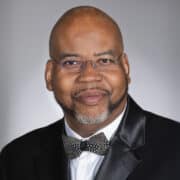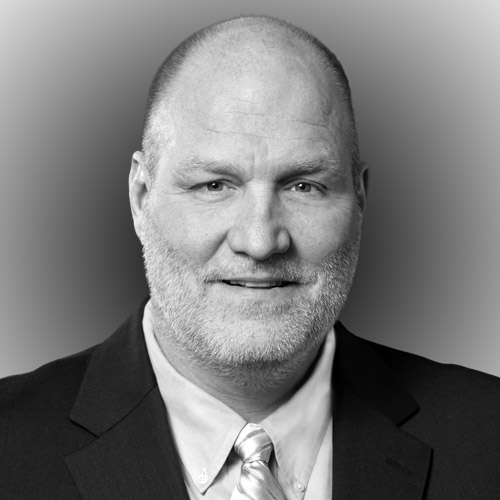When the National Football League’s Minnesota Vikings hosted their 2015 Wild Card Round playoff game against the Seattle Seahawks, the temperature at kickoff was a whopping six degrees below zero. Fortunately for the Vikings, their opponents, and their fans, the days of freezing during late season and playoff games will be just a memory in the 2016 season. That is when the Vikings will move into their new home, US Bank Stadium.
The Vikings were protected from the elements from 1982 to 2013 when they played indoors at the now demolished Hubert H. Humphrey Metrodome, but the team has played outdoors at TCF Bank Stadium on the University of Minnesota campus. The new US Bank Stadium will be a 66,200-seat, fixed-roof stadium with an estimated budget of around $1 billion shared between the state of Minnesota, the city of Minneapolis, the Vikings organization, and team owners Zygi, Mark, and Lenny Wilf.
Along with Vikings home games, US Bank Stadium will also be home of Super Bowl LII and the 2019 NCAA Final Four.

US Bank Stadium is currently one of the largest construction projects in Minnesota state history. With a project that large, the personnel overseeing it better know exactly what they’re doing. The Vikings are in good hands in that respect as Steve LaCroix, executive vice president and chief marketing officer, is heavily involved with all facets of the stadium being built.
Before joining the Vikings, LaCroix worked with the National Basketball Association’s Indiana Pacers and was involved with the team’s construction of the then Conseco Fieldhouse. His involvement included selling the naming rights and forming major partnerships for the franchise and arena.
Now, he brings that experience to help the Minnesota Vikings with the biggest public-private construction project in the state’s history. “I’m dusting off my experience with Conseco Fieldhouse and utilizing it, but this is a much bigger project, over $1 billion,” LaCroix says. “It’s Minnesota’s largest public-private partnership construction project in state history.”
While LaCroix works to help get the Vikings’ new home up and running, he also is in charge of the franchise’s marketing and revenue departments—any dollar that is generated locally falls under LaCroix and his team’s responsibilities. Within the organization, several marketing departments cover special events, fan interaction, social media, game production, and more.
“It’s a fun way to make a living, and we really enjoy where we are headed as an organization with US Bank Stadium coming in the fall,” LaCroix says.
Vikings fans have patiently sat through outdoor games during the last two seasons, but that patience will be rewarded when they see all that US Bank Stadium has to offer. Although it will sit on the same site as the old Metrodome, US Bank Stadium will take up nearly twice the square footage. The roof is fixed, but fans can still enjoy the indoor/outdoor experience thanks to huge, pivoting glass doors and a clear roof.
The organization has also made a big effort to ensure its fans have proper Internet connectivity on game day, especially its younger fan base that likes to engage on social media while watching the game. One of the biggest challenges NFL teams face is getting fans to leave their living rooms with high definition televisions and come to the stadium, which is why there’s such a focus on the fan experience. LaCroix and his team began their focus with connectivity, but will also offer exclusive content and active, robust pregame activities to encourage fans to come down early and be part of game day, all day, not just the three hours while the game is being played.
“I think the structure will be very iconic,” LaCroix says. “We spent a lot of time and effort to make sure that we have the right technology and specifically, the right connectivity for our fans on game day. That is certainly a source of frustration with any fan that goes to a sporting event, if you can’t get that connectivity.”
Not surprisingly, a project of this magnitude comes with its challenges. One of the challenges the Vikings have faced with the stadium construction is dealing with the budget. It might seem that having $1 billion to play with would make building an NFL stadium easy, but those funds don’t stretch as far as you’d think.
“The reality is the budget is always stressed,” LaCroix says. “With the number of stakeholders in a large, public-private partnership like this, there are a lot of entities and interests at the table and all of those have to be represented fairly. I think that’s really a culmination of the challenges of these types of projects.”
Despite the challenges, financial or otherwise, that LaCroix and the organization face, they’ll be well worth it when the stadium is complete and the Vikings take the field for the first time this season.
“The fun part is to see it come to life and get US Bank’s commitment to name the stadium, and see the sign outside your office every morning to make it real,” LaCroix says. “You go through this design process with the architect and all of the people in the room, and you think certain areas are going to turn out a certain way, and to see them come to life is very gratifying.”
The Vikings organization is excited to move into its home, not just to enter a new era in its history, but to give its dedicated fans the
game-day experience it hasn’t yet had the chance to witness. The birth of US Bank Stadium isn’t just about a new place to watch the Vikings play, it is also a chance for fans to participate in activities before and after the game and enjoy the various new amenities inside the building.
“We are excited to reeducate our fan base of what game day should be,” LaCroix says. “We think they’ve never really experienced what an NFL game day should be, and we will start to educate them on what game day offers.”














